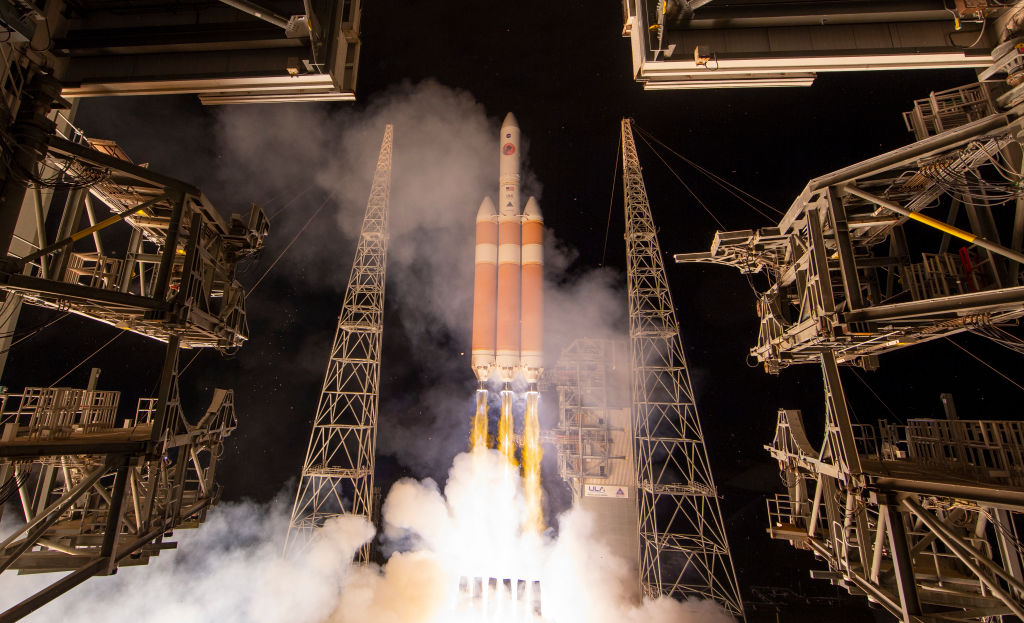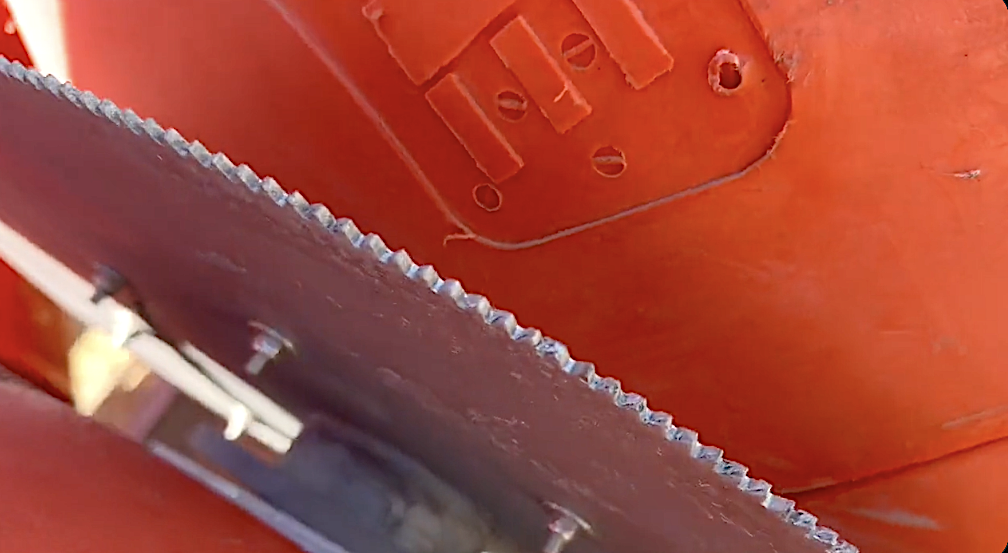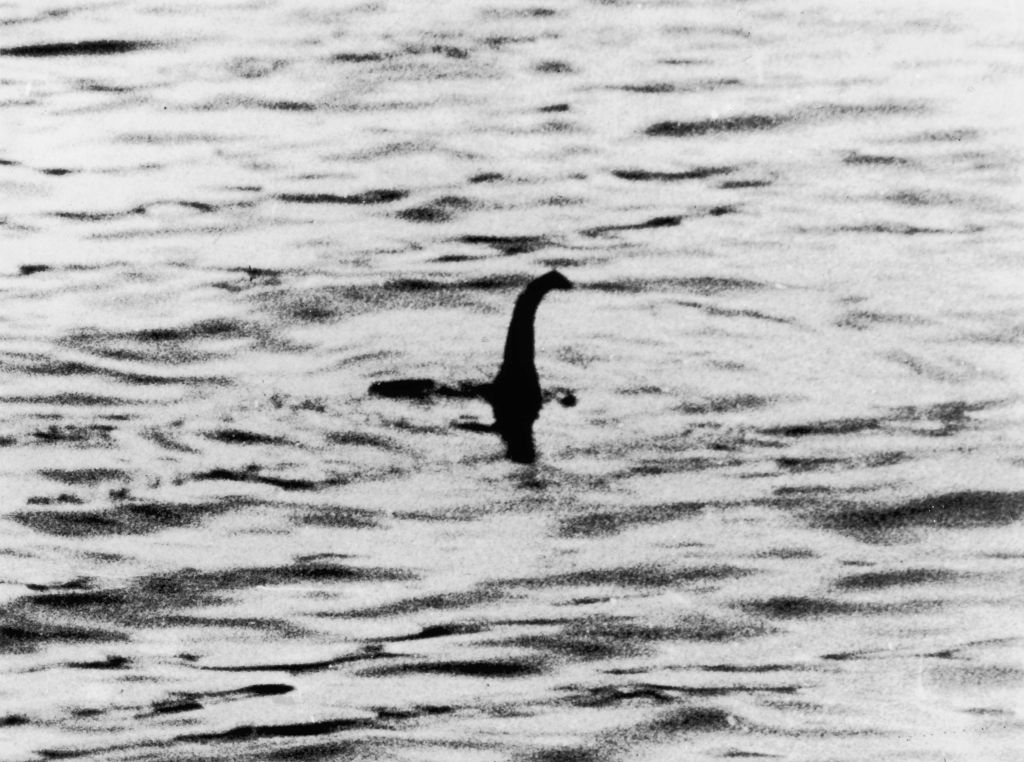The Parker Solar Probe will reach its closest distance from the sun today

NASA's Parker Solar Probe has already flown pretty close to the sun — and it's about to do it again.
The car-sized satellite will make a close pass by the sun on Thursday evening, reaching a distance of 15 million miles from the sun's surface, Astronomy reported. This will be the second time it reaches this distance, out of a planned 24 orbits in which it will get closer and closer. By the last orbit, it will reach a distance of just 3.83 million miles. Each time, it will be breaking its own record for the closest we've ever gotten to our closest star; the last record was set by the Helios 2 mission, which tapped out at 27 million miles.
The probe, which was initially launched in August 2018, was built to endure the searing heat and extreme radiation in proximity to the sun. But being this far from the Earth still presents some complications: For one, it hasn't been in communication with us since March 30, and it won't be able to relay back all the data it collects until April 10. But when it is able to communicate again, its data will help answer vital questions, including information on the workings of solar wind, and the puzzling heat of the sun's corona.
The Week
Escape your echo chamber. Get the facts behind the news, plus analysis from multiple perspectives.

Sign up for The Week's Free Newsletters
From our morning news briefing to a weekly Good News Newsletter, get the best of The Week delivered directly to your inbox.
From our morning news briefing to a weekly Good News Newsletter, get the best of The Week delivered directly to your inbox.
The Parker Solar Probe will reach its closest distance at approximately 6:40 p.m. EST. While you can't break out your telescope and get a look at the historic moment, you can read more about it at Astronomy.
A free daily email with the biggest news stories of the day – and the best features from TheWeek.com
Shivani is the editorial assistant at TheWeek.com and has previously written for StreetEasy and Mic.com. A graduate of the physics and journalism departments at NYU, Shivani currently lives in Brooklyn and spends free time cooking, watching TV, and taking too many selfies.
-
 7 bars with comforting cocktails and great hospitality
7 bars with comforting cocktails and great hospitalitythe week recommends Winter is a fine time for going out and drinking up
-
 7 recipes that meet you wherever you are during winter
7 recipes that meet you wherever you are during winterthe week recommends Low-key January and decadent holiday eating are all accounted for
-
 Nine best TV shows of the year
Nine best TV shows of the yearThe Week Recommends From Adolescence to Amandaland
-
 Nobody seems surprised Wagner's Prigozhin died under suspicious circumstances
Nobody seems surprised Wagner's Prigozhin died under suspicious circumstancesSpeed Read
-
 Western mountain climbers allegedly left Pakistani porter to die on K2
Western mountain climbers allegedly left Pakistani porter to die on K2Speed Read
-
 'Circular saw blades' divide controversial Rio Grande buoys installed by Texas governor
'Circular saw blades' divide controversial Rio Grande buoys installed by Texas governorSpeed Read
-
 Los Angeles city workers stage 1-day walkout over labor conditions
Los Angeles city workers stage 1-day walkout over labor conditionsSpeed Read
-
 Mega Millions jackpot climbs to an estimated $1.55 billion
Mega Millions jackpot climbs to an estimated $1.55 billionSpeed Read
-
 Bangladesh dealing with worst dengue fever outbreak on record
Bangladesh dealing with worst dengue fever outbreak on recordSpeed Read
-
 Glacial outburst flooding in Juneau destroys homes
Glacial outburst flooding in Juneau destroys homesSpeed Read
-
 Scotland seeking 'monster hunters' to search for fabled Loch Ness creature
Scotland seeking 'monster hunters' to search for fabled Loch Ness creatureSpeed Read